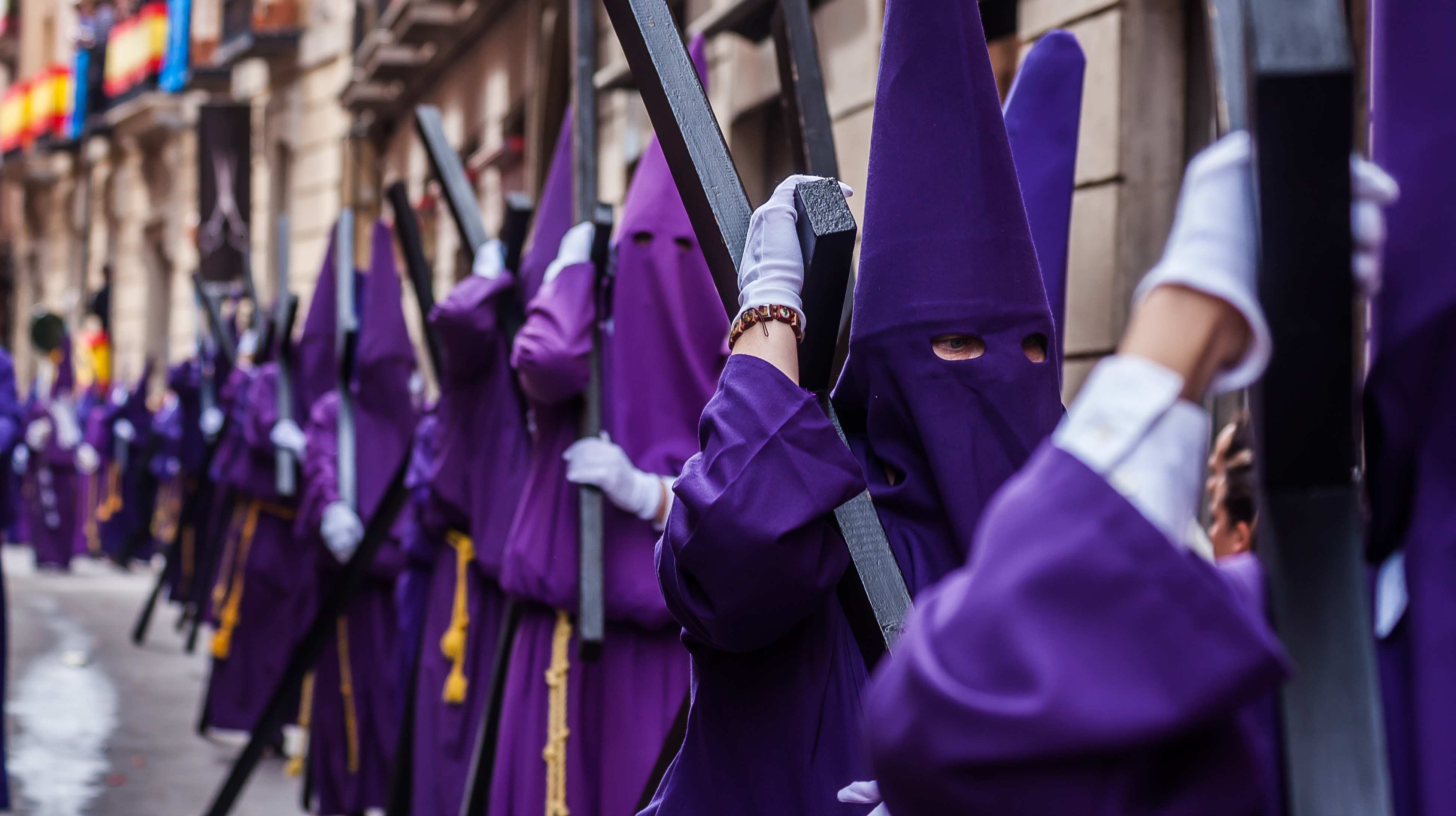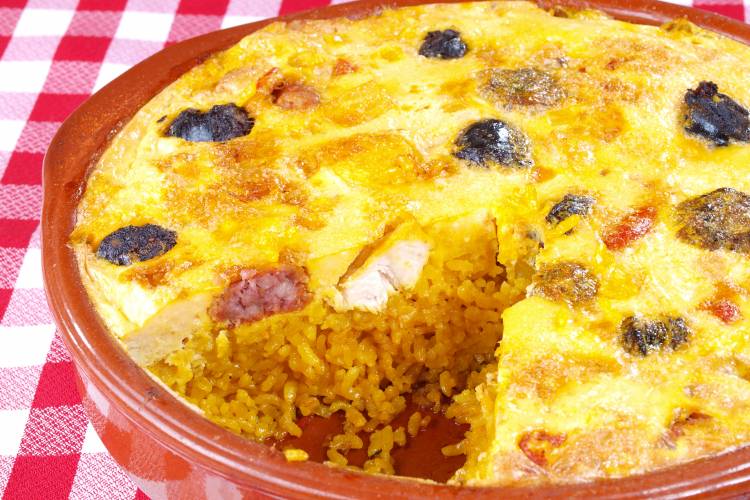The most enjoyable processions: places with well-known processions and traditional dishes
We bring you the most popular processions for the coming Easter week and show you what to eat during this special time
TRAVELLING WITH TASTE
Share

Easter week in our country brings with it a series of processions and religious activities that, apart from having the objective of remembering the passion and death of Jesus Christ, have great cultural interest for millions of devotees or those who take an interest. Year after year, people travel from different parts of Spain in order to enjoy all the traditions that encompass these religious festivals.
Although these ceremonies are highly popular during these dates, today there are some Easter Week processions that have been publicly recognised, because of their history or the special features they possess. Below, we describe some of the most significant of these and the traditional dishes that you should ask for if you visit them.
Discover the key aspects of the most significant Easter Week processions in Spain
The Holy Burial procession, Tarragona (Catalonia)
This is one of our country’s most traditional processions and, because of this it holds the title of Heritage Festival of National Interest, awarded by the Government of Catalonia. This is one of Spain’s longest processions, as approximately 5.000 people from different religious associations take part in it, such as, the Reial i Venerable Congregació de la Puríssima Sang (the Royal and Venerable Congregation of the Pure Blood) that is responsible for organising this ceremony.
The procession takes place on Good Friday and, although those assembled begin to pass through various streets early in the afternoon, the Holy Burial procession begins in the evening from the Plaza de Rei and the same Nazaret church, and takes an extensive route through the historic centre of Tarragona.
The procession is headed by captain manaies, the armed group, the Roman Cohort, the penitents, the music, the flag bearers and the sixteen floats. Among these, noteworthy ones are the float for the Segona Caiguda and the one for Jesus of Nazareth which are the oldest.
A traditional dish: Romesco sauce casserole.
The Holy Burial of Christ procession, Orihuela (Valencian Community)

Easter Week in Orihuela is famous for having some of the best processions in Spain, for which reason it has been declared of international interest for tourism. One of the most notable Easter Week processions is the one held on Holy Saturday, or the procession of the Holy Burial of Christ, which is organised by the Town Council and in which all sectors of the population of Orihuela take part dressed in strict mourning attire.
Most notable is the figure of the Caballero Cubierto (the Covered Gentleman), a privilege awarded by Orihuela Council to one of their citizens for his love and loyalty to the city. Another notable figure joining the procession is the La Diablesa (the female devil), the oldest float of the Holy Week of Orihuela and the only representation of the devil to take part in any of these types of ceremonies. This figure is not allowed to enter the church, so when it reaches the cathedral it continues its journey to the end of the street while the rest of the procession continues its journey inside the Christian temple.
A traditional dish: Crusted rice.
The Salzillos procession, Murcia (Murcia Region)
On Good Friday, one of the processions with the most history takes place in Murcia. This is the Salzillos procession, which has been declared a Site of Cultural Interest with intangible heritage. This procession is organised by the Royal and Illustrious Brotherhood of our Father Jesus of Nazareth, and it has been given this name because it contains eight floats which are the work of the Murcian sculptor Francisco Salzillo.
The procession starts in the morning from the church of Our Father Jesus of Nazareth and lasts for eight hours. There are approximately 4.000 participants, among them Nazarenes, penitents, stewards, float-carriers, the promises and the horn section, everyone wearing the traditional purple tergal tunics.
A traditional dish: wheat with lamb feet and artichokes.
The Cristo de Mena procession, Malaga (Andalusia)
During Holy Week, one of the most unusual processions in Andalusia takes place in Malaga. This is because the Spanish Legion plays a significant part in it by carrying the Christ of the Good Death on their shoulders. The ceremony begins on the morning of Holy Thursday with the disembarkation of the legionnaires and the Navy at the Port of Malaga, who march carrying the Christ of Mena to the processional altar in the church of Santo Domingo. In the afternoon, both the Christ and the Legion once again march in the Holy Thursday procession. This procession is characterised by the legionnaires singing the military hymn “El novio de la muerte” (the Bridegroom of Death)with all their might, while they carry Christ on just one arm.
A traditional dish: Vigil stew.







